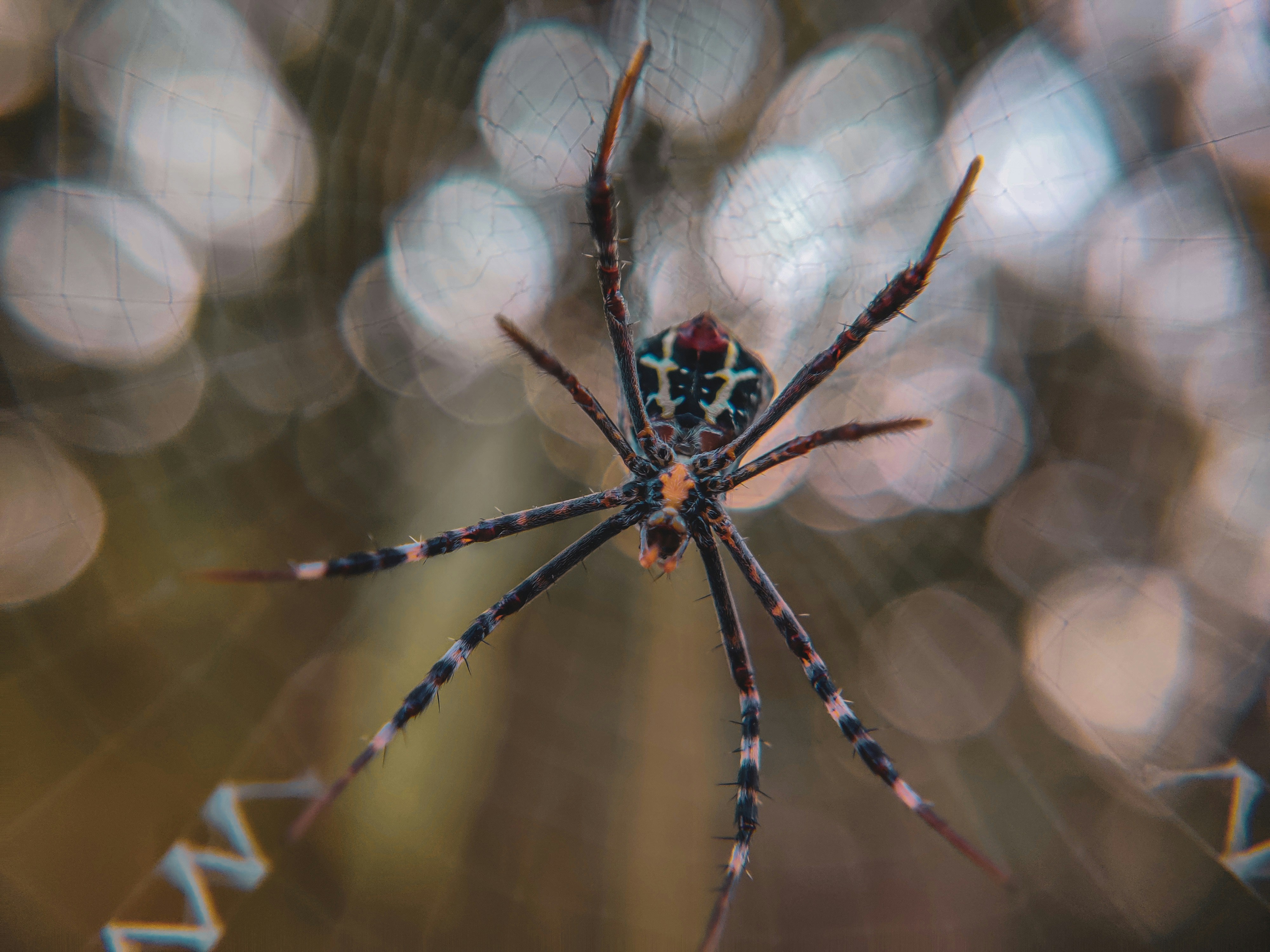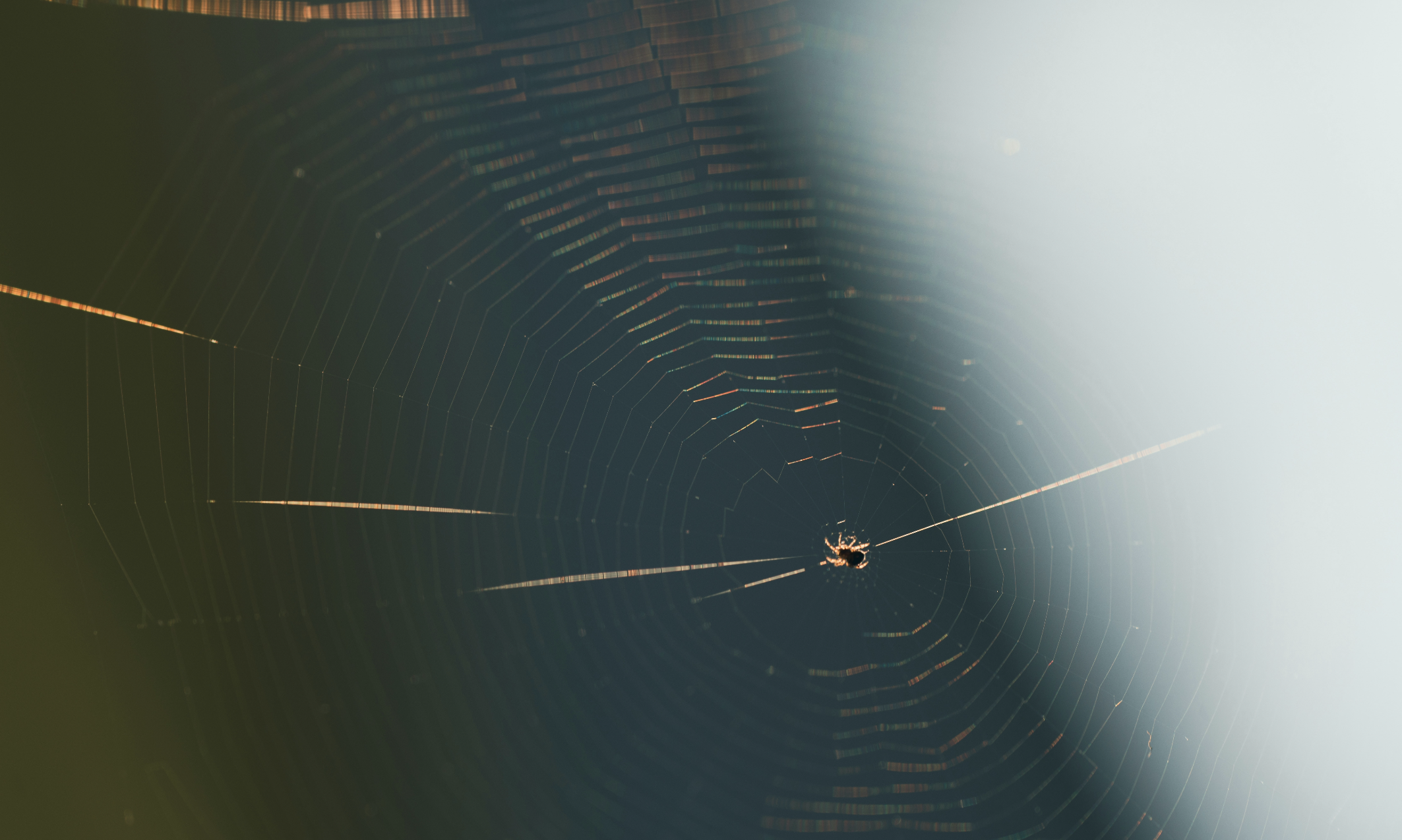This spooky season, we’re taking a closer look at spiders and how they’re helping land management teams track biodiversity and make faster, smarter decisions in the field.
Webs as DNA Samplers
Spider webs aren’t just for catching prey, they’re passive samplers. With web eDNA, webs capture genetic traces from prey and even from nearby vertebrates. That means you can survey biodiversity without traps or nighttime surveys. It’s like dusting for DNA in the field while spiders go about their business.
Small Critters, Big Data
Spotting tiny spiders and insects is tricky, so we rely on low-height camera traps paired with simple pitfall cups. Images are sorted using computer vision, automatically classifying critters like “spider,” “ant,” or “beetle.” Edge cases get double-checked in iNaturalist, ensuring only research-grade records enter your system.
Invasives at Scale
Invasives need fast truth. For example, the Joro spider’s spread shows the playbook: public photo reports, expert verification, then targeted outreach and lighting cleanups where records cluster. This public participation brings a new scale to conservation management.
Spiders as Environmental Mirrors
Spider populations shift with vegetation structure, moisture, and night lighting. Fewer shrubs or brighter lights? Species mix changes. By combining this ecological knowledge with web eDNA and camera data, teams can adapt mowing, planting, and lighting policies to keep ecosystems healthy.
Field Insights, Fast
By pairing these technologies, land management teams are monitoring biodiversity more efficiently and making faster, data-informed decisions. Small but mighty, spiders provide key insights into ecosystem health and help managers stay ahead of challenges.
Fun fact: Researchers are experimenting with the SpiderHarp, a device that converts web vibrations into measurable signals—spiders as instruments!
Did you know you can track spiders in Outway?
With detailed libraries in Outway, teams can identify and monitor animal observations in the field or afterwards!
Check out wildlife monitoring in Outway!

Sources
- Spider webs capture environmental DNA – ScienceDirect
- PubMed: Spider webs as eDNA samplers
- OPB: SpiderHarp turns web vibrations into signals
- Ecosphere 2025: Smart camera traps & computer vision for small ectotherms
- MDPI 2024: Combining camera & pitfall traps
- iNaturalist: Computer Vision demo & guidance
- Reuters 2024: Joro spider spreads on the U.S. East Coast
- The Guardian 2024: First Joro spider records in Pennsylvania
- Biological Conservation: Land management effects on spider richness
- Cover Photo by German Krupenin on Unsplash



